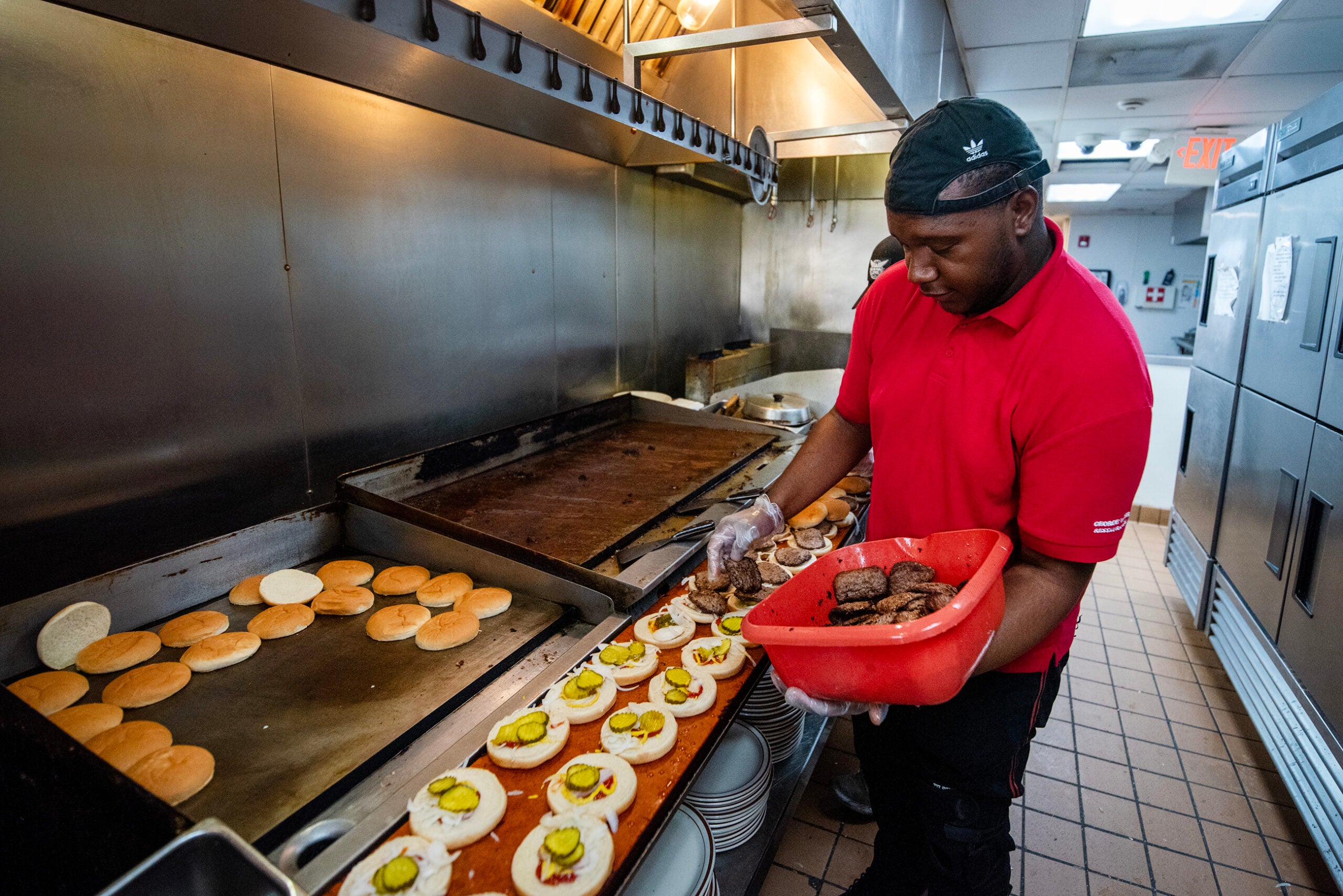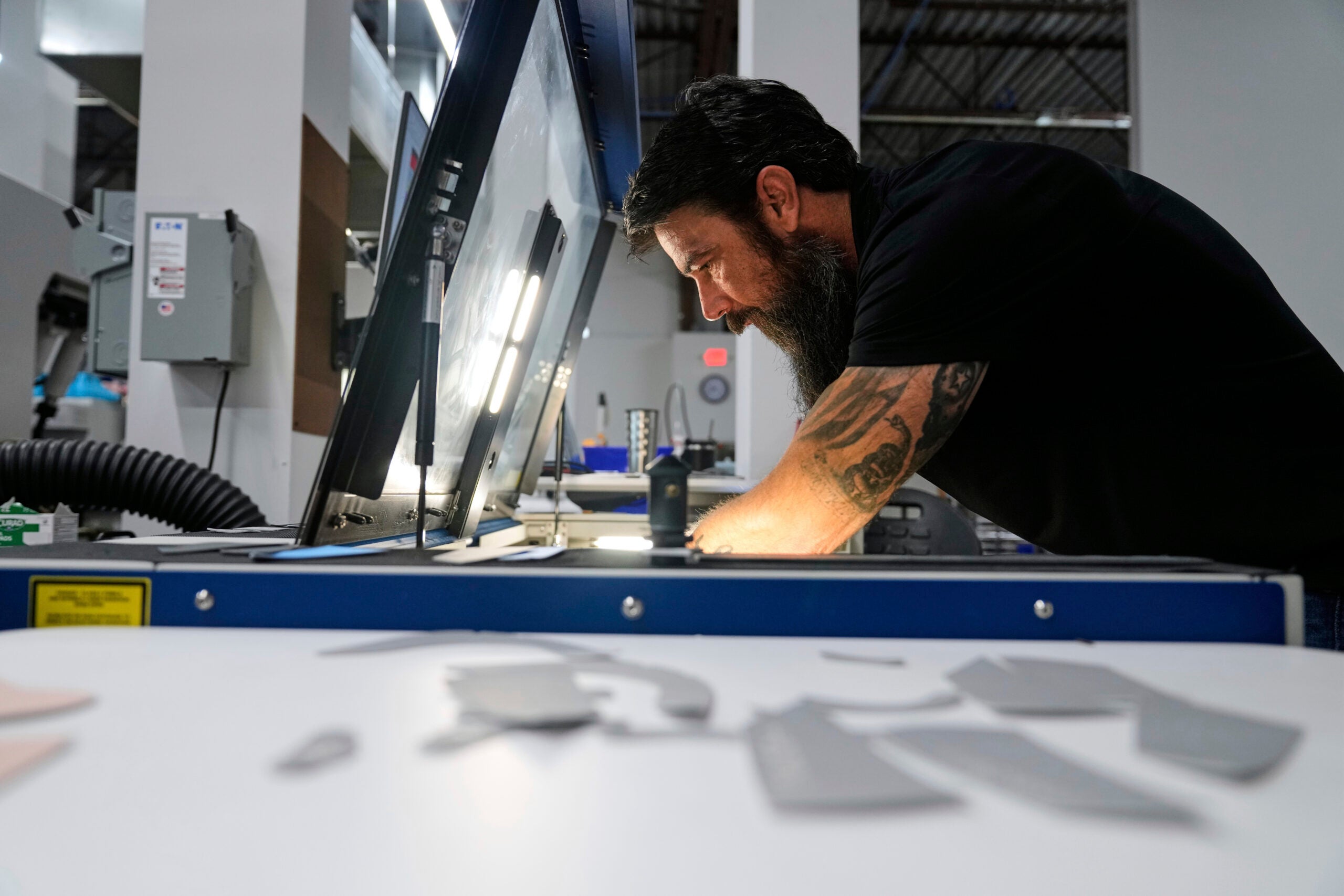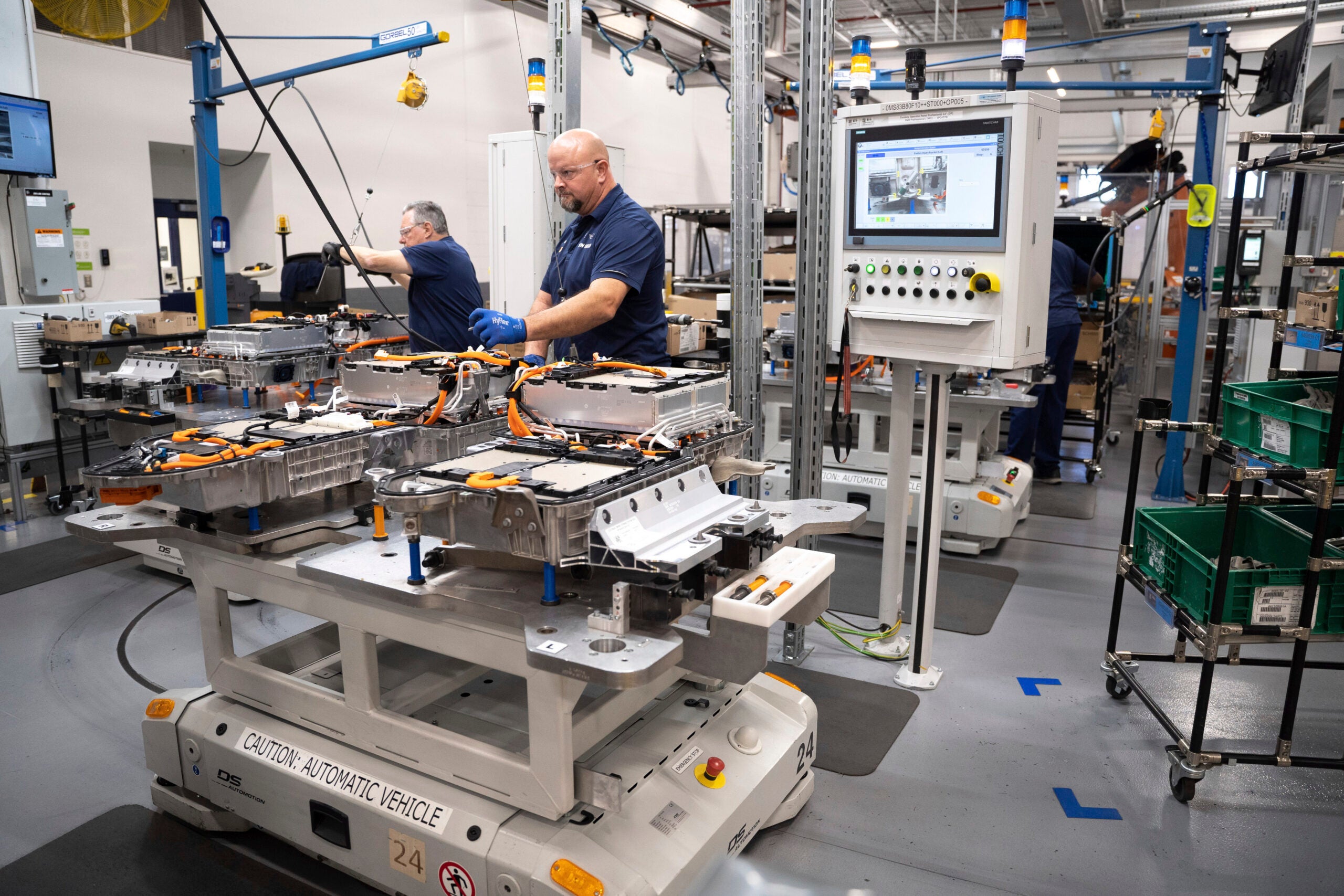More workers are returning to the labor force in Wisconsin as the state continues to recover from the economic impacts of the COVID-19 pandemic.
Wisconsin added more than 10,000 non-farm jobs last month. That includes more than 8,000 jobs added to the private sector, according to new data from the state Department of Workforce Development released Thursday. The labor force participation rate is hovering around 66 percent, which is almost where it was before the onset of the pandemic last year.
Menzie Chinn, an economics professor with the University of Wisconsin-Madison, said in an email that while there is much demand for workers, supply remains constrained.
News with a little more humanity
WPR’s “Wisconsin Today” newsletter keeps you connected to the state you love without feeling overwhelmed. No paywall. No agenda. No corporate filter.
“Rising wages are not a ‘bad’, since that’s how the market adjusts to market conditions,” said Chinn. “There’s not a ‘shortage’ as the business community keeps on complaining about.”
WPR previously reported the tight labor market in Wisconsin dates back to before the COVID-19 pandemic, even as additional unemployment payments continue to face criticism.
Steve Deller, an applied economics professor at UW-Madison, said increased wages and benefits are one way companies are trying to be creative in the current labor market.
“Five years ago or so, people would think that a $15-an-hour job is a good paying job,” said Deller. “People are coming to the realization that’s not a good paying job. It’s got to be more than that. And businesses are coming around and saying, ‘If I want quality workers, I’ve got to up my pay.’”
Deller said the current economic recovery can’t be compared to past recessions.
“With COVID, the COVID recession, we just flipped the switch and shut the economy down,” said Deller. “Now with the vaccine rolling out, and people kind of saying, ‘OK, we’re sick of this self-isolating,’ we’re trying to flip the switch back on. We’ve never done that before… so we’re in kind of uncharted territory.”
Chinn said while some sectors have recovered, they still remain below their pre-pandemic levels.
“Those in the accommodation and food service sectors are still making tough choices that might have to do with health concerns, parental (and) child care issues,” said Chinn.
Kundan Kishor is a professor of economics at UW-Milwaukee. Kishor said COVID-19 also continues to be a concern.
“You are interacting with people not only from your city, your neighborhood, but also from across the country, or maybe across the world,” said Kishor.
Kishor said the state’s continued recovery depends on what happens in the months ahead.
“Over the next two, three months, summer may turn out to be much nicer,” said Kishor. “Ultimately, it depends on what happens in fall and what happens to the COVID, because that’s what people are watching.”
Deller said in the long term, the COVID-19 recession would “probably feed into greater income inequality.”
“If you’re talking higher-income workers in more professional occupations, they haven’t really been affected by this at all,” said Deller. “Who’s really been negatively affected by this is low-income workers, and they tend to be in the service sector.”
Wisconsin continues to maintain a higher labor force participation rate and a lower unemployment rate than the country as a whole. Kishor said Wisconsin may be recovering more quickly because the state is not as reliant on the service sector as some other Midwest states.
According to DWD, Wisconsin’s June unemployment rate was slightly less than 4 percent. That’s on par with where it was in May.
Wisconsin Public Radio, © Copyright 2025, Board of Regents of the University of Wisconsin System and Wisconsin Educational Communications Board.






